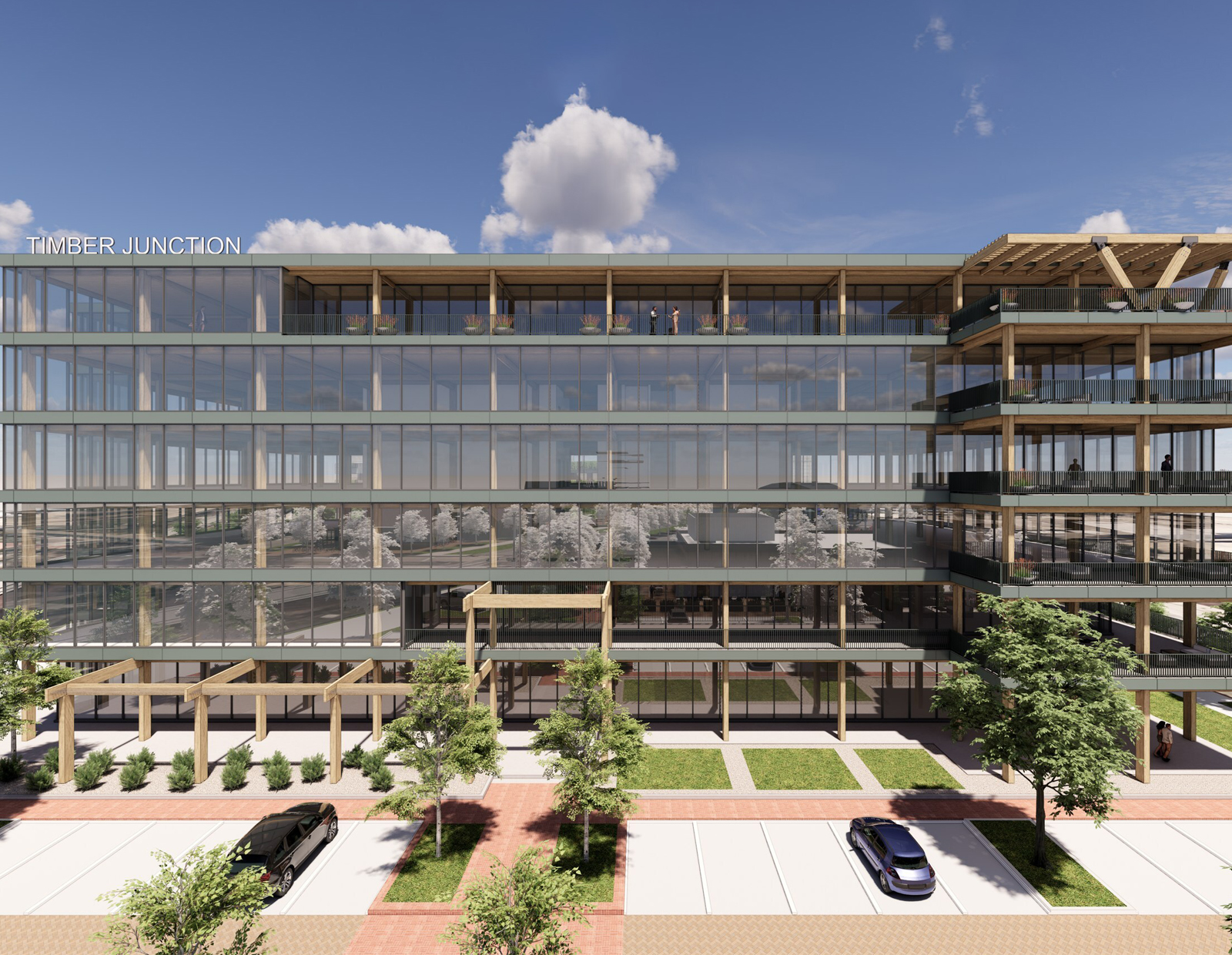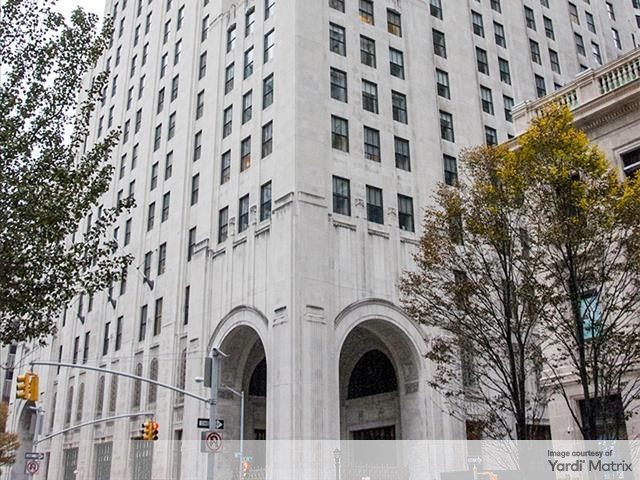New York City Tops the Charts for Legal Sector Leasing
U.S. cities accounted for most of the global activity in the first half, according to Savills.
New York City accounted for one-third of all law firm leasing globally in the first half of 2024, according to Savills’ latest report.

The city’s leasing activity exceeded 1.4 million square feet of space out of a total of 4.3 million square feet that came under contract across the world’s 15 largest legal markets.
The report also found that the flight-to-quality trend continues to raise the price premiums of best-in-class law office assets worldwide, and particularly in the U.S., as top-tier space becomes harder to secure.
Overall, 23 percent of practices globally look to expand their space and 44 percent maintain their existing footprint.
According to Savills, U.S. cities accounted for 69 percent of legal leasing activity in the world’s largest markets. This reflects the dominance of American firms in the sector overall and the tendency for U.S. legal offices to have a lower occupancy density, thereby requiring more space.
Fewer legacy meeting rooms
One example is that firms are moving away from legacy meeting room booking systems to intelligent solutions that select rooms based on attendance by in-person and remote attendees, easing pressures on meeting rooms.
Mark Leonard, principal & senior vice president of Lee & Associates, L.A. North/Ventura told Commercial Property Executive that the practice of law has been a continuous growth industry, which is positive news in this slow office industry.
“Despite many lawyers working on the road much of the time, the need for privacy is still a requirement, and therefore, the continued demand for private offices versus shared environments remains a growth aspect of this industry,” Leonard said.
READ ALSO: Tenants Are Leasing More Office Space in Prime Buildings
“I continue to see the need for a few collaborative areas on the floor and a very ‘friendly’ kitchen/lunchroom environment. Law firms also open satellite offices to support the demand and growth.
Pierre Debbas, co-founder of Romer Debbas, told CPE that while most small and large firms have embraced some level of the hybrid model, an attractive office is still important to recruit talent.
“As an owner of a law firm, I can attest to the fact that in-person collaboration and training are imperative to managing a law practice,” he said. “This sentiment indicates the legal industry being at the forefront of the office leasing market.”
Firms may be re-envisioning how they maximize their square footage, but the need for office space for the legal industry is “unquestioned,” he added.
Cost-efficient space, first impressions
Tere Blanca, founder, chairman & CEO of Blanca Commercial Real Estate, told CPE that law firms have slowly shifted toward a hybrid work model, investing in more cost-efficient and integrated office spaces that foster collaboration and teamwork while optimizing the office space instead of larger office footprints.
“Law firms have become more strategic in navigating the costs of office spaces,” she said. “Instead of relying on large offices with expansive conference rooms that often end up unused, they are designing multipurpose spaces that allow firms to optimize their space while enforcing the collaborative aspect fundamental to law practice.”
From a design perspective, first impressions are still top of mind for the legal industry, according to Tiffany Scharpf, a design director and senior associate based in IA Interior Architect’s San Francisco studio.
She told CPE that sustainability in finish materials and construction helps firms demonstrate they “put their money where their mouth is.”
“On the West Coast, we still see very few in-office mandates. While hoteling is rare, some firms are exploring this to reduce their footprint,” she said.
Larger offices look to get smaller
Edith Gonzalez, managing director of legal services at JLL Work Dynamics, told CPE that JLL found in its Law Firm Perspective report earlier this summer that larger law firms in the market remain focused on space efficiency.
She said 79 percent of firms with a current footprint of more than 100,000 square feet are seeking space reductions—by an average of 31 percent. In contrast, smaller firms show a mixed trend, with as many looking to expand their space as looking to reduce their space.
READ ALSO: Manhattan Office Visits Up Year-Over-Year
“Law firms are evaluating workplace design decisions on a sliding scale and exploring more progressive strategies, such as hoteling, while continuing to implement baseline industry-standard practices, such as single-sized offices,” Gonzalez said.
According to Gonzalez, law firm lease rollovers will peak in 2027. “Over the next five years, more than 30 million square feet of law firm leases are expiring in the nine markets reported. Given the reduction in new construction, these firms will face a significantly diminished development pipeline and limited options for high-quality large-block availabilities,” she added.
In Chicago’s CBD, there has been strong office leasing activity among smaller law firms. However, the sweet spot for these users—around 10,000 square feet—can be hard to come by,” Justin Kessler, managing director of tenant representation practice at Bradford Allen, told CPE.
Only about one-third of available office space in Chicago can accommodate users of that size, and only about 12 percent of available sublease space is less than 25,000 square feet, according to Kessler.
While rents held steady in the second quarter, “many law firms are finding that there are some great options in the market right now, whether they’re moving from Class C to B buildings or from B to A,” Kessler said.
“In many metros, including Chicago, these smaller deals drive much of the leasing activity,” continued Kessler. “To capitalize on the demand, some landlords are building spec law suites that reflect the latest design preferences. Most law firms still want private offices and conference rooms to maintain confidentiality. Still, they’re also gravitating to spaces that include communal work and gathering areas, exposed ceilings, and glass partitions that create separation while making spaces feel lighter and more modern.”







You must be logged in to post a comment.